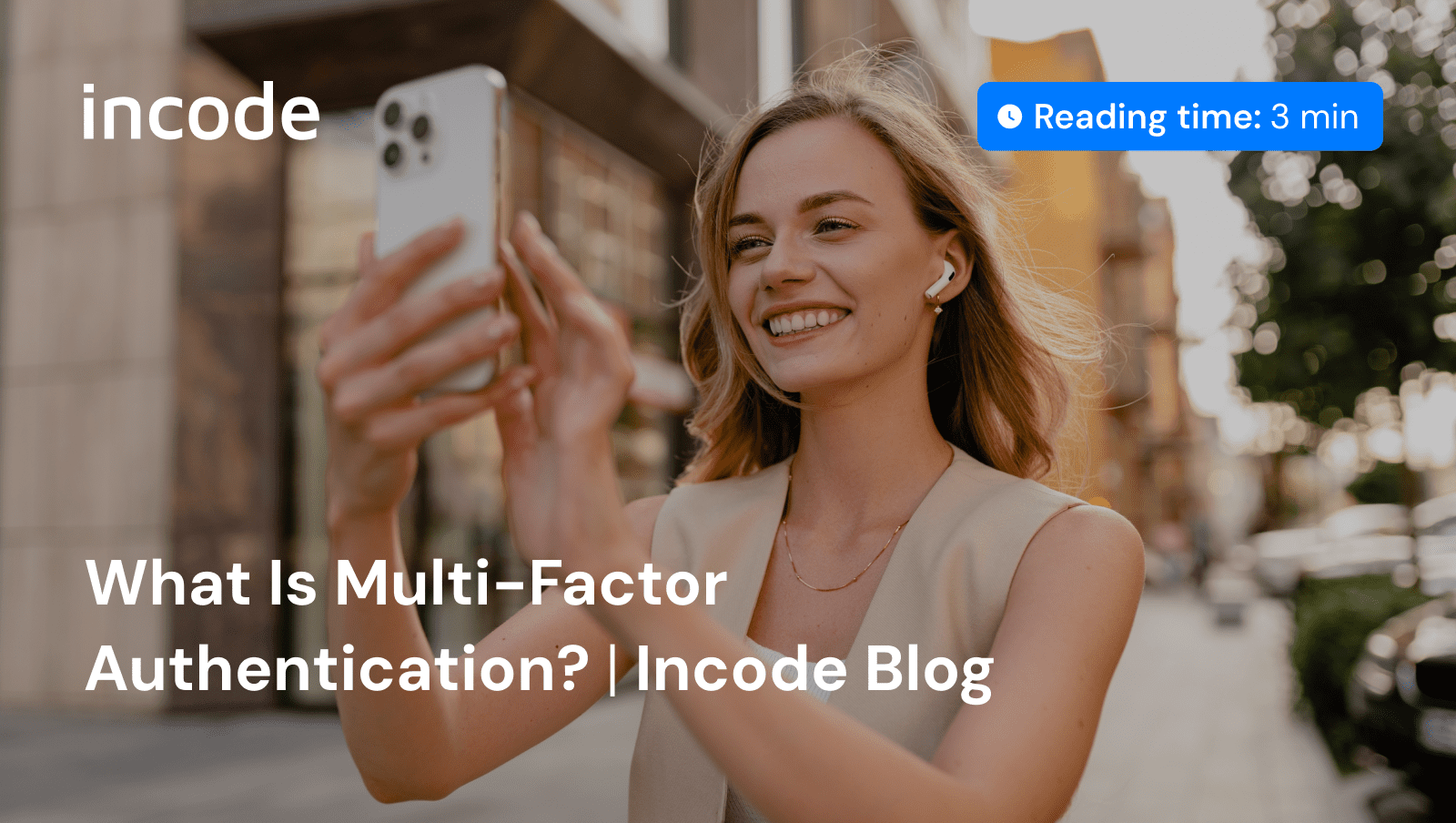For much of the digital age, online identity verification consisted of users simply entering usernames and passwords (often repeating the same ones) to log in to different accounts. Unfortunately, long gone are the days when this method would keep you and your organization safe online.
Identity-based online attacks have become significantly more common, and given that the methods used to carry out said attacks are constantly growing in sophistication, so must the methods used to verify people’s identity online. Constant evolution is the only way to protect businesses and individuals from the ever-evolving list of cybersecurity threats.
Why is a username and password considered a weak method of verifying someone’s identity?
You don’t have to be Sherlock Holmes to discover someone’s username, often it’s quite simply their email address. Meanwhile, given the number of accounts one person logs in to daily —combined with the limitations of the human brain—, people have a habit of either choosing weak passwords or repeating the same passwords across multiple websites and apps.
What is Multi-Factor Authentication?
When discussing cybersecurity and identity verification, people often mention Multi-Factor Authentication —or MFA. But what exactly is Multi-Factor Authentication? Is it the answer to your organization’s cybersecurity concerns? Or should it be combined with another form of identity verification to guarantee more robust security?
Let’s break it down into two parts.
Multi-Factor Authentication in Two Parts
Part 1: Authentication
Authentication is a synonym for verification. It refers to the process of checking that you are who you say you are before being granted access to an account, communications, or being able to carry out a transaction.
Part 2: Multi-factor
The factor is the way in which this check is carried out, in other words, the method of verification. It might be a password, a security question, or a code sent to another device that’s supposedly (more on that shortly!) in your possession. Multi-factor, means that this is checked in more than one way, so it will require a combination of at least two of these verification methods.
Where Multi-Factor Authentication Can Fall Short
Most MFA methods rely on something a person has (like a phone or token) or knows (like a password or security question), which can be easily stolen. If a malicious actor has access to someone’s phone, that phone is no longer a secure way to verify someone’s identity. Let’s not forget, it’s not what’s in someone’s possession that matters, it’s who they are that matters.
How Incode Makes Multi-Factor Authentication More Secure
Incode Workforce enhances security in the workplace by strengthening Multi-Factor Authentication, seamlessly adding a biometric layer that validates a person’s real-world identity.
In critical moments —such as setting up MFA, resetting MFA, or carry out a high-risk interaction— Incode Workforce will ask the user to take a live selfie and scan their government-issued ID.
Advanced Fraud Prevention
Incode Workforce then conducts comprehensive checks such as tamper detection, liveness verification, and deepfake detection, leveraging AI and ML to block 99% of spoofing attempts and protect organizations against increasingly more sophisticated social engineering and GenAI-based attacks.
Once their real-life identity has been verified, the person will be able to carry out the action that triggered Incode Workforce’s biometric verification.
Learn more about keeping enhancing MFA with Incode Workforce.
